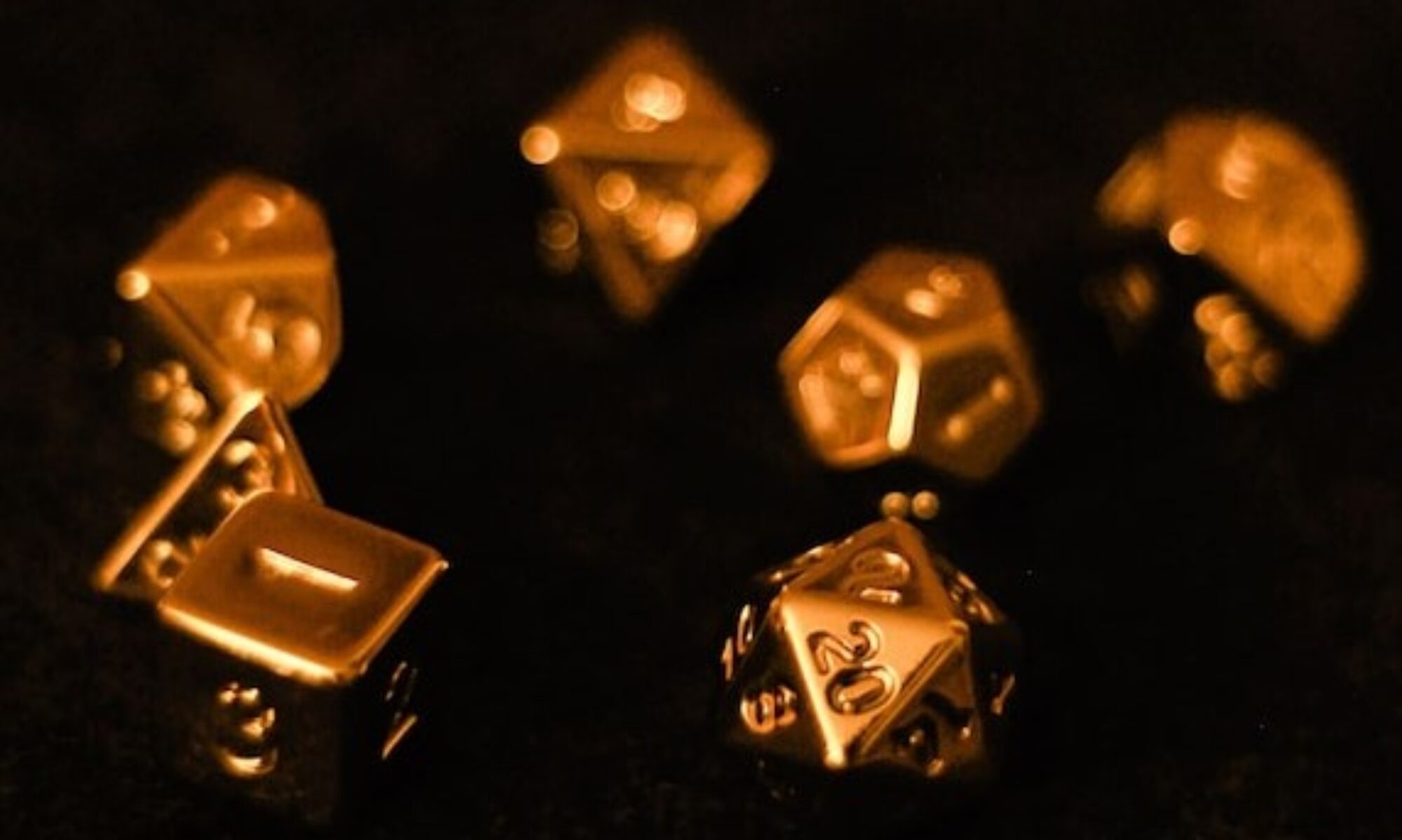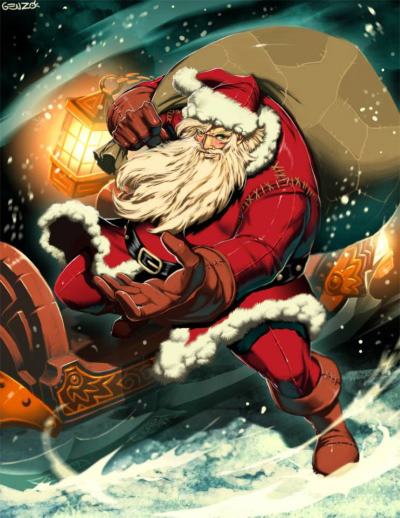As the festive season approaches, it’s the perfect time to think about gathering friends and family for shared experiences that bring joy, laughter, and a bit of magic. Most people think of Christmas as a time for gift-giving, decorations, and hearty meals. But, it’s also a fantastic opportunity to embark on an epic Dungeons & Dragons adventure. After all, D&D has a lot in common with the spirit of Christmas: camaraderie, storytelling, and imagination.
The Magic of Storytelling
Christmas is steeped in stories—from classic tales like A Christmas Carol to the folklore of Santa Claus. In the same way, Dungeons & Dragons is built on the power of storytelling. Whether you’re a veteran dungeon master or a first-time player, the season provides a perfect backdrop for creating memorable moments. Much like the stories that get passed down during the holidays.
Bringing People Together
The holidays are all about gathering with loved ones. Of course, D&D is one of the best ways to bring people together in a meaningful way. Much like sitting around the Christmas tree or the dinner table, gathering around a D&D table (or even a virtual one) invites everyone to collaborate, strategize, and have fun together. Dungeons & Dragons fosters teamwork and deepens relationships, making it a wonderful way to share quality time with friends and family during the holiday season.
You could even run a special holiday-themed campaign: perhaps a quest to recover stolen gifts from a mischievous goblin or an epic journey through a winter wonderland to stop an ancient frost spirit. With D&D, the possibilities are as endless as your imagination, and the festive setting can add an extra layer of magic to your adventure.
I ran a Christmas themed adventure based loosely on the original Klaus comic book where the party were transported to a magical realm to help the mage Nikmas defeat a villainous overlord. We had great fun and the party ended up burning the overlords castle to the ground. In our campaign world Nikmas is celebrated at the end of every year and castle effigies burned on bonfires. As players we wish each other Merry Nikmas too. This tradition has now been going on for years.

Giving the Gift of Adventure
Another beautiful parallel between Dungeons & Dragons and Christmas is the act of giving. When you’re a Dungeon Master, you’re constantly crafting experiences for your players—moments of triumph, tension, and laughter. In a way, every session is a gift that unfolds as the game progresses. And for players, they give back with their creativity, problem-solving, and dedication to the story.
This season, consider giving the gift of adventure. Whether it’s a new D&D starter set, custom dice, or even just the time to run a one-shot for a group of friends. Dungeons & Dragons is the gift that keeps on giving, long after the last piece of tinsel has been packed away.
Wishing You a Festive Season of Fantasy
Whether you’re sleighing dragons or just relaxing with hot cocoa and character sheets, Dungeons & Dragons offers a perfect way to add a little more adventure to your Christmas celebrations. So this year, consider gathering your party and diving into a world of magic, heroism, and fun.
Wishing you and your loved ones a joyful, imaginative, and festive season filled with laughter, warmth, and epic quests. Happy holidays, and may your dice always roll high!
I’ll be taking a break from writing to enjoy some time off with family and friends (with some gaming mixed in I hope). Normal service will resume in January.



